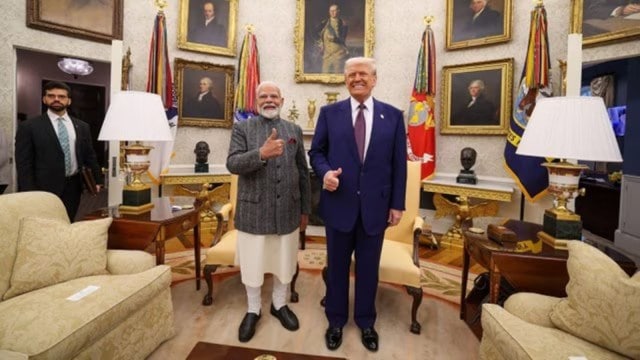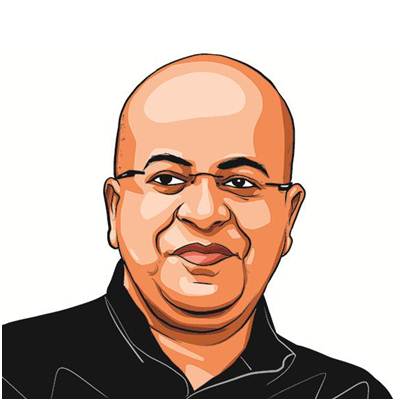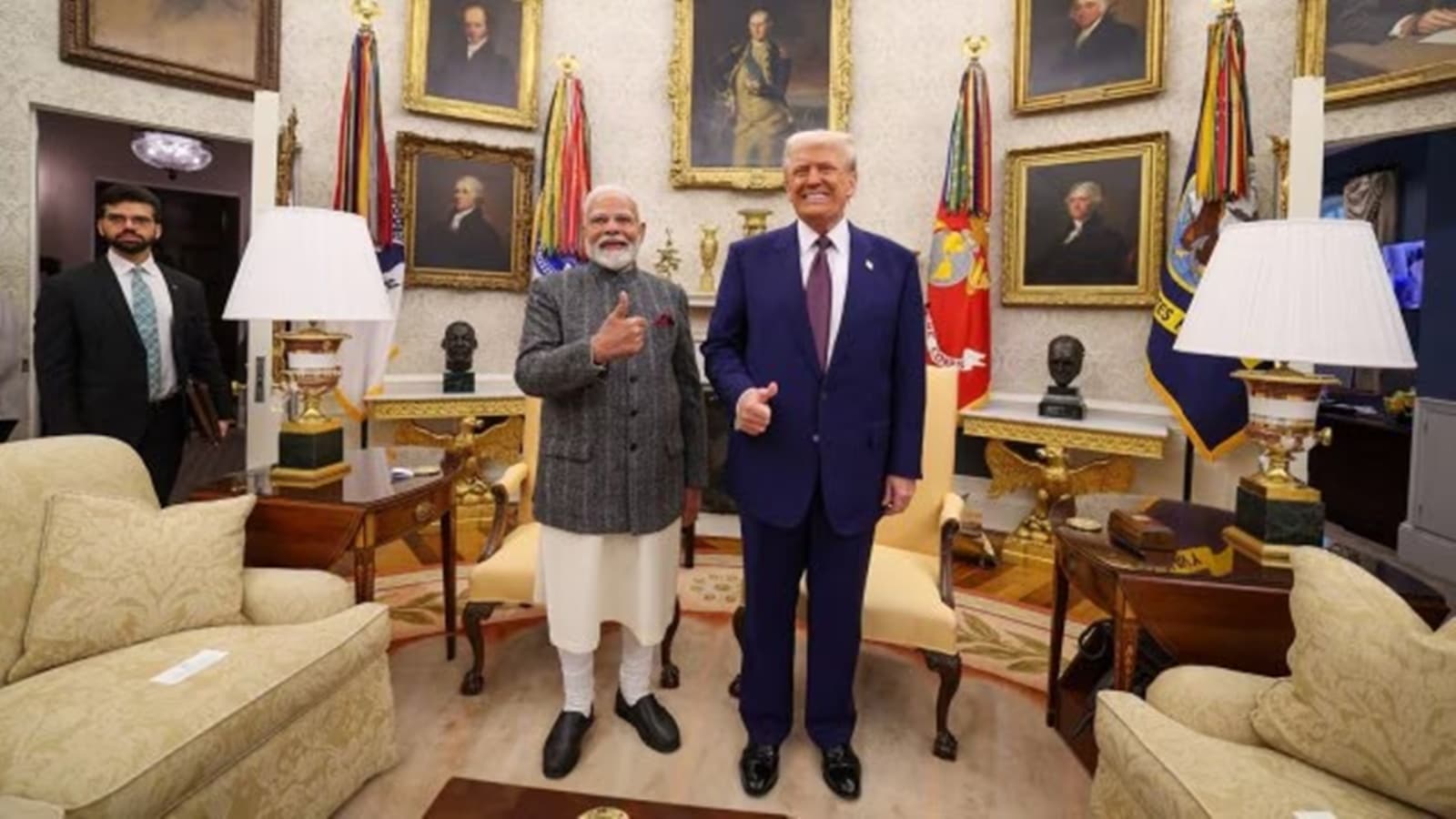

Feb 20, 2025 19:19 IST First published on: Feb 20, 2025 at 19:15 IST
On February 13, after taking office as US President for the second time, Donald Trump hosted Prime Minister Narendra Modi for an official visit in Washington, DC. Trump and Modi introduced a new initiative called the “US-India COMPACT (Catalysing Opportunities for Military Partnership, Accelerated Commerce & Technology) for the 21st century”, aimed at strengthening cooperation in key areas. They pledged to achieve concrete results this year to build trust and create a mutually beneficial relationship. Additionally, they launched the US-India TRUST (“Transforming the Relationship Utilising Strategic Technology”) initiative to boost collaboration between governments, academia and private sectors in critical fields such as defence, artificial intelligence, semiconductors, quantum technology, biotechnology, energy and space. This initiative will focus on using trusted technology providers and safeguarding sensitive technologies.
Much has been written and is still being speculated about where this emerging bilateral relationship will go ever since Trump assumed office and started making drastic announcements on all fronts for changes from the status quo or what the Biden administration undertook. However, COMPACT and TRUST clearly show that the momentum of India-US defence and technology cooperation will continue to evolve and build on the engagements and achievements of the past two decades, which marked a transformative period characterised by strategic convergence, deepening military ties, and unprecedented technology sharing. This relationship, once marked by Cold War-era hesitation, has evolved into a robust partnership driven by shared democratic values and common strategic concerns, particularly regarding China’s growing assertiveness in the Indo-Pacific region.
Story continues below this ad
The two countries’ defence cooperation has constantly evolved since 2014, with the signing of foundational agreements that have enhanced interoperability between their armed forces. The Logistics Exchange Memorandum of Agreement (LEMOA) in 2016, the Communications Compatibility and Security Agreement (COMCASA) in 2018, and the Basic Exchange and Cooperation Agreement (BECA) in 2020 have created a framework for deeper military collaboration. These agreements have enabled access to advanced military technology, secure communications, and high-end surveillance and mapping data. In terms of defence trade, the relationship has evolved significantly from purely buyer-seller dynamics to one of co-development and co-production. India’s defence purchases from the US have exceeded $20 billion, including critical platforms like the C130J Super Hercules & C-17 transport aircraft, P-8I maritime surveillance aircraft, Apache attack helicopters, MH-60R naval helicopters and M777 Howitzer guns.
The technology cooperation has extended beyond traditional defence sectors. The Initiative on Critical and Emerging Technologies (iCET), launched in 2022, represented a pivotal shift toward collaboration in areas such as artificial intelligence, quantum computing, 5G/6G, biotech, climate and semiconductors. This initiative acknowledged that future military advantages will stem from technological superiority rather than conventional military might alone. Much was achieved in terms of strategic matching among public and private enterprises to move forward in an optimal manner in a very short time.
So, it is pertinent to explore how COMPACT and TRUST enhance this cooperation further in a time-bound manner. Clearly, future collaboration is likely to focus on emerging domains such as space, cybersecurity and artificial intelligence and also the joint development of defence platforms, technology transfer arrangements, and cooperation in critical supply chains.
Story continues below this ad
One of the first steps is to review the respective arms transfer regulations, including the US’s International Traffic in Arms Regulations (ITAR), so that technology exchange as well as maintenance, spare supplies and in-country repair and overhaul of U.S.-provided defence systems become easier. While there have been improvements in the licensing regime, it is critical to enhance the efforts here, as also recognised by both the leaders. On the same lines, the negotiations that will start this year for a Reciprocal Defence Procurement (RDP) agreement to better align the procurement systems and enable the reciprocal supply of defence goods and services are a good step.
Second, India needs to strengthen its domestic technological capabilities to become a more equal partner in the relationship. While the US has shown willingness to share advanced technologies, India’s ability to absorb and build upon these technologies requires substantial investments in research and development, human capital, and manufacturing capabilities. The Make in India initiative has fostered some progress but much needs to be done. The success of initiatives like the Production Linked Incentive (PLI) scheme in electronics manufacturing demonstrates the potential for building domestic capabilities.
most read
Third, sustaining this momentum requires careful management of expectations and potential differences. India’s traditional policy of strategic autonomy and its relationships with other partners, including Russia and France, may occasionally create friction. Similarly, US export control regulations and technology transfer restrictions could limit the depth of cooperation in certain areas.
To maximise benefits from this partnership in the future on the strength of COMPACT and TRUST, India has to focus on developing clear technology absorption strategies, strengthening intellectual property protection frameworks, and enhancing its innovation ecosystem. Simultaneously, maintaining diplomatic flexibility and diversifying strategic partnerships will help India navigate the complex global technology landscape.
(The writer, a defence and cyber security analyst, is former country head of General Dynamics)


